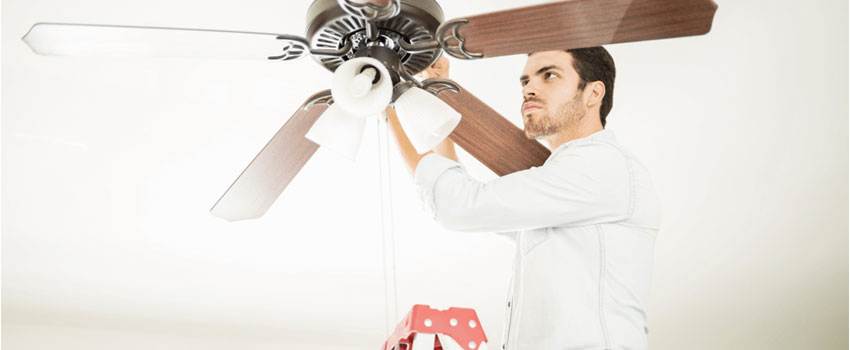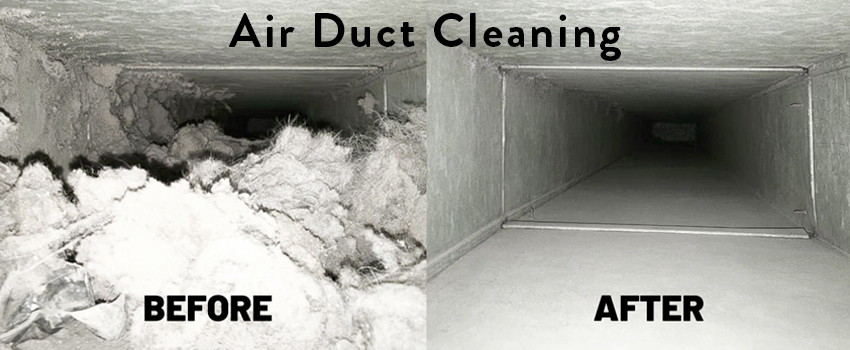Ensuring proper ventilation in a commercial kitchen is essential for safety, hygiene, and compliance with UK regulations. Here are the key requirements:
1. General Ventilation Standards:
– Airflow: Sufficient airflow must be maintained to remove heat, steam, grease, smoke, and cooking odours.
– Extraction Rate: The ventilation system must achieve an adequate extraction rate to prevent the accumulation of cooking fumes and contaminants.
2. Canopy and Hood Requirements:
– Design: Canopies or hoods should cover all cooking equipment and extend beyond it by at least 300mm.
– Extraction Rate: Calculated based on the type and power of the cooking equipment. The typical rate is 0.4 to 0.6 cubic meters per second per square meter of canopy face area.
– Filters: Must include grease filters to capture grease particles.
3. Make-Up Air:
– Supply Air: Fresh make-up air must be provided to replace the air being extracted. This should not create draughts that affect cooking operations.
– Balanced System: Ensure the system is balanced to avoid negative pressure which can disrupt the kitchen environment.
4. Ductwork:
– Material: Must be constructed from fire-resistant materials.
– Cleaning Access: Ductwork should have access panels for regular cleaning and maintenance to prevent grease build-up and fire hazards.
5. Noise Control:
– Standards Compliance: Ventilation systems should comply with noise level standards to ensure a comfortable working environment.
6. Regulatory Compliance:
– Building Regulations: Compliance with Part F (Ventilation) of the Building Regulations.
– Health and Safety: Adherence to Health and Safety Executive (HSE) guidelines.
– Fire Safety: Systems must comply with fire safety standards, including appropriate fire suppression systems within the canopy.
7. Maintenance and Testing:
– Regular Inspection: Regular maintenance and inspection to ensure efficiency and safety.
– Testing: Periodic testing of airflow rates and system performance.
8. Documentation and Certification:
– Installation Records: Keep detailed records of the installation, maintenance, and inspections.
– Compliance Certification: Obtain necessary certifications to demonstrate compliance with all relevant regulations.
By adhering to these requirements, commercial kitchens in the UK can maintain a safe, efficient, and compliant ventilation system.






